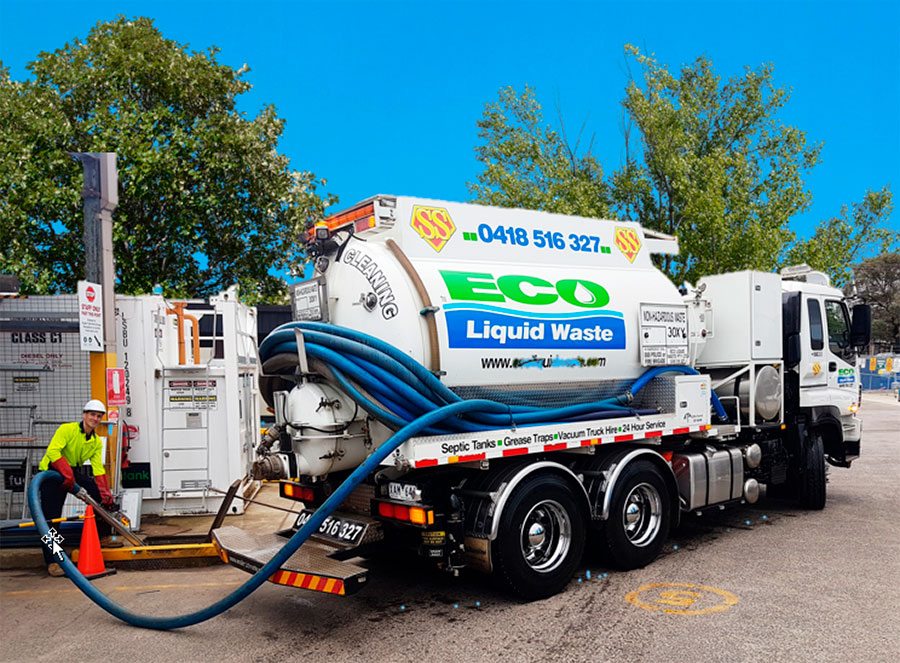Fascination About Reclaim Waste
Table of ContentsAn Unbiased View of Reclaim WasteReclaim Waste for BeginnersFacts About Reclaim Waste UncoveredReclaim Waste - An OverviewUnknown Facts About Reclaim Waste
Discover the kinds, occurrences, and kinds of fluid waste. Domestic sewer waste refers to the waste and items from a household sewage-disposal tank. This sort of waste is produced by people in residences, colleges, and other structures. This only consists of septic systems that have a drain field. The correct administration and disposal of domestic sewage waste need liquid waste to be transferred to a sewage therapy plant where the appropriate approaches and equipment are put on cleanse and throw away waste.
Commercial waste typically includes possible threats, such as combustible materials or a combination of liquid and solid waste products, and requires an advanced and comprehensive disposal process. The disposal of business waste typically includes the filtration of waste before transportation to make certain secure and appropriate disposal. Hazardous waste is created from by-products and runoff of commercial procedures and manufacturing.
This sort of waste can not make use of the same sewage management transport or procedures as septic or industrial fluids. The hazardous waste management procedure needs the assessment and testing of fluid waste before it undertakes the disposal process (liquid waste removal). Drainage waste is the fluid waste that originates from runoff and excess stormwater in extremely inhabited locations or cities
Runoff waste can cause contamination and flooding if not handled appropriately. Guaranteeing correct waste monitoring can prevent catastrophes and minimize environmental harm.
The Only Guide for Reclaim Waste
Get in touch with PROS Services today to find out concerning our waste monitoring and disposal services and the appropriate ways to care for the fluid waste you generate.
(https://www.find-us-here.com/businesses/Reclaim-Waste-Laverton-North-Victoria-Australia/34166924/)Do you know what occurs to your water when you disengage, purge the toilet or drain pipes the cleaning device? No? Well, it's worth recognizing. This so-called 'wastewater' is not only a crucial resource yet, after therapy, will be released to our land, rivers or the ocean. Used water from toilets, showers, baths, cooking area sinks, laundries and commercial procedures is called wastewater.

water used to cool equipment or clean plant and devices). Stormwater, a type of wastewater, is drainage that flows from farming and metropolitan locations such as roofings, parks, yards, roads, paths and gutters into stormwater drains pipes, after rain. Stormwater flows untreated straight to local creeks or rivers, ultimately reaching the sea.
Not known Facts About Reclaim Waste
In Queensland, a lot of wastewater is dealt with at sewage treatment plants. Wastewater is transported from domestic or industrial sites via a system of sewage systems and pump stations, understood as sewage reticulation, to a sewage therapy plant.
The Division of Natural Resources encourages regional federal governments regarding handling, operating and preserving sewage systems and therapy plants. In unsewered locations, city governments may need owners to install specific or household sewage therapy systems to deal with residential wastewater from commodes, kitchen areas, shower rooms and washings. The Department of Natural Resources authorises using house systems when they are verified to be effective.
A lot of stormwater receives no therapy. In some new neighborhoods, therapy of some stormwater to remove trash, sand and gravel has started using gross contaminant traps. More about the author Wastewater treatment happens in four stages: Gets rid of strong matter. Bigger solids, such as plastics and various other items wrongly released to drains, are removed when wastewater is passed via screens.
Wastewater then streams into huge storage tanks where solids work out and are removed as sludge. Oil and residue are skimmed from the surface area. Makes use of tiny living microorganisms referred to as micro-organisms to break down and eliminate remaining dissolved wastes and great fragments. Micro-organisms and wastes are integrated in the sludge. Eliminates nitrogen and phosphorus nutrients that might create algal flowers in our rivers and endanger aquatic life.
Everything about Reclaim Waste
Nutrient removal is not offered at all sewer treatment plants since it needs costly specialised tools. Clear fluid effluent created after therapy may still have disease-causing micro-organisms - liquid waste disposal.

The majority of wastewater flows into the sewerage system. Under the Act, local governments provide authorizations and licences for environmentally appropriate tasks (ERAs) involving wastewater releases that might have a local influence.
What Does Reclaim Waste Do?
Tracking gives valid info about water top quality and can verify that licence problems are being satisfied. The information acquired with monitoring offers the basis for making water high quality choices.